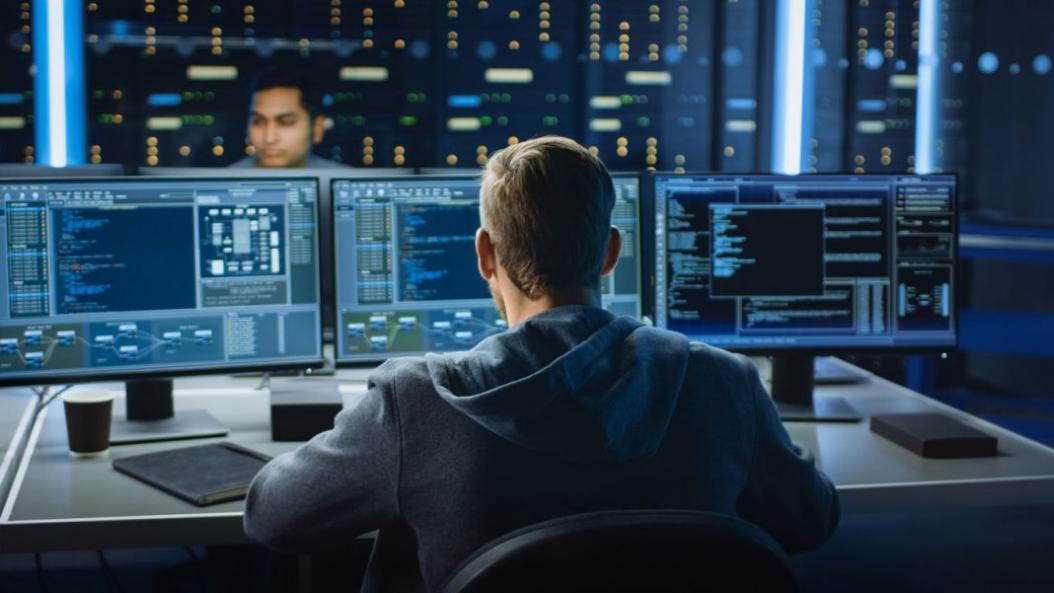What are the Latest Advancements in Reinforcement Learning for Continuous Control?
Reinforcement learning (RL) has emerged as a powerful technique for solving complex control problems in various domains, including robotics, autonomous systems, and industrial automation. In continuous control tasks, the agent interacts with an environment characterized by continuous state and action spaces, making it challenging to learn effective policies. This article explores recent advancements in RL algorithms designed specifically for continuous control tasks, highlighting their key features, benefits, and applications.

I. Recent Advancements In RL For Continuous Control
Deep Deterministic Policy Gradient (DDPG)
DDPG is a policy gradient method that combines deep neural networks with deterministic policy gradients to learn continuous control policies. It utilizes a critic network to evaluate the value of actions and a policy network to select actions based on the current state. DDPG's key advantages include its ability to handle continuous action spaces and its use of experience replay for policy improvement. However, it can be sensitive to hyperparameters and may exhibit instability during training.
Twin Delayed Deep Deterministic Policy Gradient (TD3)
TD3 is an improved version of DDPG that addresses some of its limitations. It introduces double Q-learning, target policy smoothing, and delayed policy updates to enhance stability and reduce overestimation bias. TD3 has demonstrated improved performance and stability compared to DDPG in various continuous control tasks.
Soft Actor-Critic (SAC)

SAC is a policy gradient method that combines maximum entropy reinforcement learning with off-policy learning. It aims to learn policies that maximize expected reward while also encouraging exploration and minimizing overfitting. SAC's unique features include entropy regularization, off-policy learning, and automatic temperature adjustment. It has achieved state-of-the-art performance in continuous control tasks, demonstrating sample efficiency, robustness, and fast convergence.
Proximal Policy Optimization (PPO)
PPO is a policy gradient method that utilizes a clipped objective function to improve stability and reduce variance during training. It employs importance sampling and trust region optimization to ensure that the policy updates are conservative and maintain good performance. PPO has been successfully applied to various continuous control tasks, demonstrating improved stability, reduced variance, and faster convergence compared to other policy gradient methods.
II. Applications Of Advanced RL Algorithms For Continuous Control
Robotics
RL algorithms have been widely used in robotics to solve complex control problems such as locomotion, manipulation, and navigation. For instance, RL algorithms have enabled robots to learn to walk, climb stairs, and manipulate objects with high dexterity. However, challenges remain in ensuring safety, reliability, and generalization to diverse environments and tasks.
Autonomous Systems
RL algorithms play a crucial role in the development of autonomous systems, including self-driving cars, drones, and other autonomous vehicles. RL enables these systems to learn how to navigate complex environments, make decisions in real-time, and adapt to changing conditions. However, ensuring safety, reliability, and ethical considerations is paramount in the deployment of autonomous systems.
Industrial Automation
RL algorithms have the potential to revolutionize industrial automation by optimizing manufacturing processes, supply chain management, and resource allocation. RL-based systems can learn to optimize production schedules, minimize energy consumption, and improve product quality. The integration of RL with other technologies, such as IoT and big data analytics, can further enhance the efficiency and productivity of industrial processes.
III. Challenges And Future Directions
Challenges
- Sample Efficiency: Developing RL algorithms that can learn effectively with limited data and efficiently explore the environment is a significant challenge.
- Generalization: Designing RL algorithms that can adapt to diverse environments and tasks without requiring extensive retraining is crucial for real-world applications.
- Safety and Reliability: Ensuring the safety and reliability of RL algorithms is paramount in domains such as robotics and autonomous systems, where errors can have severe consequences.
Future Directions
- Integration with Other AI Techniques: Combining RL with other AI techniques, such as computer vision, natural language processing, and planning, can enhance the capabilities of RL agents and enable them to solve more complex problems.
- Multi-Agent RL: Developing RL algorithms for cooperative and competitive interactions among multiple agents is essential for applications involving multiple robots, autonomous vehicles, or economic systems.
- Theoretical Foundations: Advancing the theoretical understanding of RL for continuous control can provide insights into the convergence properties, stability, and generalization capabilities of RL algorithms.
Reinforcement learning has made significant strides in solving continuous control problems, enabling the development of autonomous systems, robots, and industrial automation systems with remarkable capabilities. The recent advancements in RL algorithms, such as DDPG, TD3, SAC, and PPO, have pushed the boundaries of what is possible with RL. However, challenges remain in improving sample efficiency, generalization, and safety. Future research directions involve integrating RL with other AI techniques, developing multi-agent RL algorithms, and advancing the theoretical foundations of RL for continuous control. As RL continues to evolve, we can expect to see even more transformative applications of RL in various domains, revolutionizing the way we interact with technology and the world around us.
YesNo

Leave a Reply